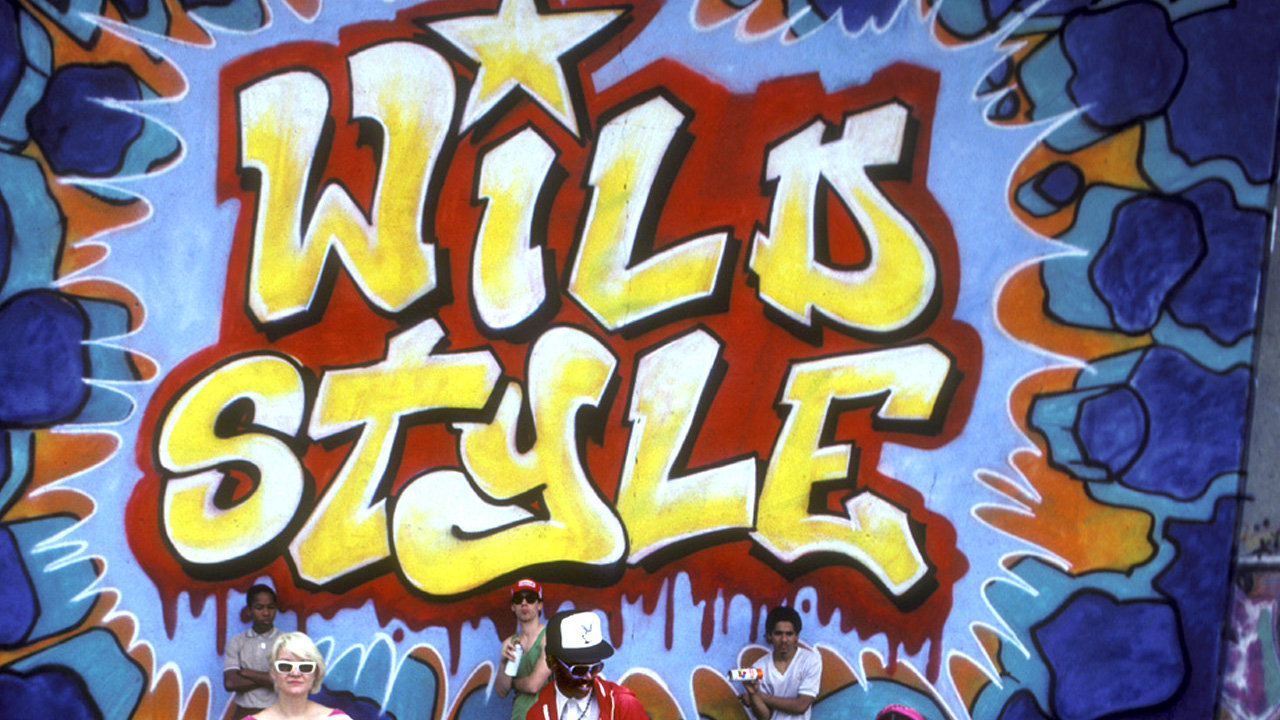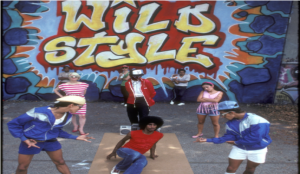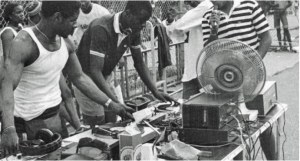
“Cause I’m playin ball or bobbin’ in the hall/ or just writin’ my name in graffiti on the wall..”
– Rakim “My Melody” circa 1986
Very few of today’s Hip Hop enthusiasts understand the history and impact of aerosol art or graffiti on the culture that we all know and love. As the eldest of Hip Hop’s original four pillars, its visual self expression is rooted in some of the roughest streets of New York and Philadelphia, depending on who you ask.
Then you have the youngest of the four pillars, emceeing, which is the verbal expression of the street culture and the euphemism “the handwriting on the wall” is told from the POV of the MC. In the 80s and 90s, there several of the era’s most prolific emcees began their “careers” in Hip Hop as graff artists. Some of them have continued to pursue their love to paint and some will give you a tag when you request an autograph.
The Source has decided to compose a list of five emcees that you may or may not know have hand styles for miles and Old Gold can control!
KRS -ONE

Brooklyn-born/Bronx-raised Hip Hop legend KRS-One was a graffiti writer before he was known as the “Blastmaster” of Boogie Down Productions, scribing his name all over the streets of Brooklyn and the Bronx during his time at a men’s shelter where he met the late DJ Scott La Rock.

The Bronx is widely known to have produced some of MYC’s greatest graffiti writers and Fat Joe aka Joey Crack aka CRACK TS is a part of that legacy. The Terror Squad was originally a street crew and with graffiti being apart of their outfit, you could find CRACK TS pieces and throw ups near Forest Projects as late as 1993 when Joe dropped his first single “Flow Joe”. Above, you can see a throwie that CRACK painted in Lil Wayne’s home.

One of the most revered and worshipped figures on the Hip Hop landscape is the late MF DOOM. Formerly known as Zev Love X from the conscious trio KMD, DOOM later established himself as a solo artist, but his assumed nom de plume DOOM became more of a staple of his identity. DOOM throwies could be found around lower Manhattan, Queens, Brooklyn and even other countries with his CM(Criminal Minded) crew inscribed in his piece. The DOOM throwie is still a seminal piece of the MF DOOM/Metalface brand and will be always be one of the most recognizable throws in the graff game.

The illustrious “Drama King” DJ Kay Slay(R.I.P.) was an integral part of the graffiti culture long before he was known for terrorizing the mixtape scene in the late 90s and early 2000s. Known among writers as Dezzy Dez aka DEZ TFA, Slay appeared in the 1983 NYC graffiti introduction documentary Style Wars as a 16-year-old graff expert, even schooling a younger artist named TRAP to the tricks of the trade almost four decades ago. No, he isn’t an emcee, but we had to pay homage to a true pioneer of Hip Hop culture. Rest In Paint Kay Slay
TAME ONE

As one half of the lyrical Newark-based duo The Artifacts, TAME was just as active with a can, if not more, as he was on the mic. As a member of NJ graff crew BOOM SKWAD, TAME’s name could be seen as large as full productions and as small as marker tags all over Newark, East Orange and Irvington while he and El Da Sensei worked their two albums , 1994’s Between A Rock And A Hard Place and 1997’s That’s Them. TAME ONE aka Raheim Brown will forever be remembered as one of the best bombers to pick up a mic. R.I.P.
The post Graff Rap: Five MCs That Are Known Wall Writers appeared first on .
Click Here to Discuss in the Forums






